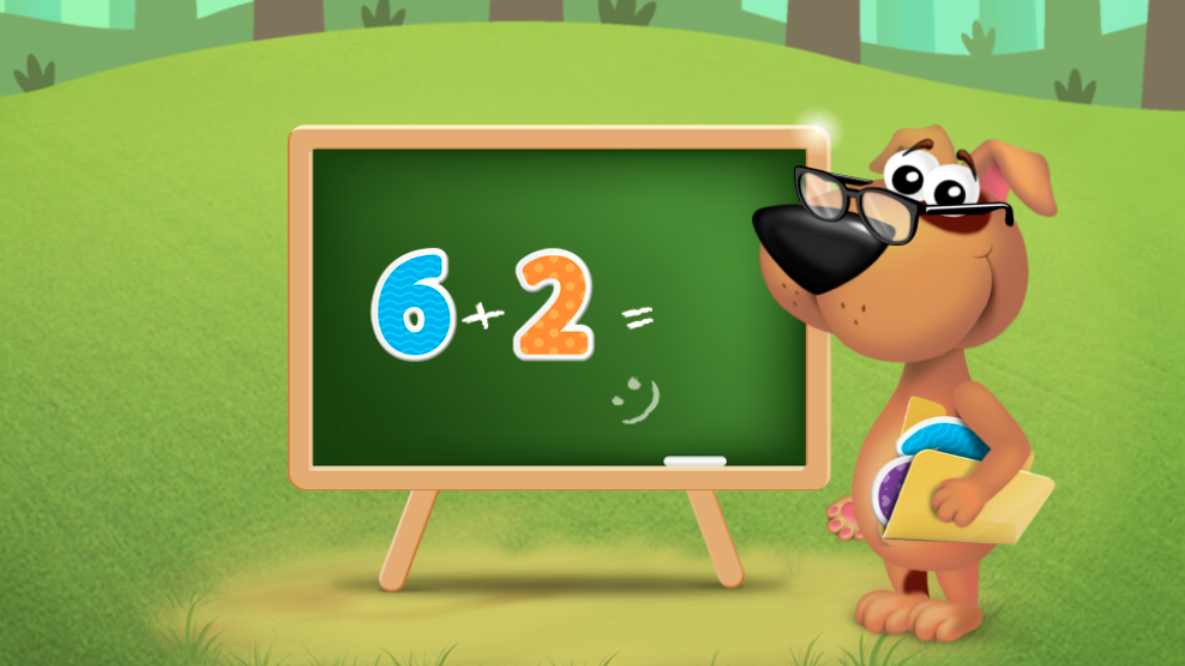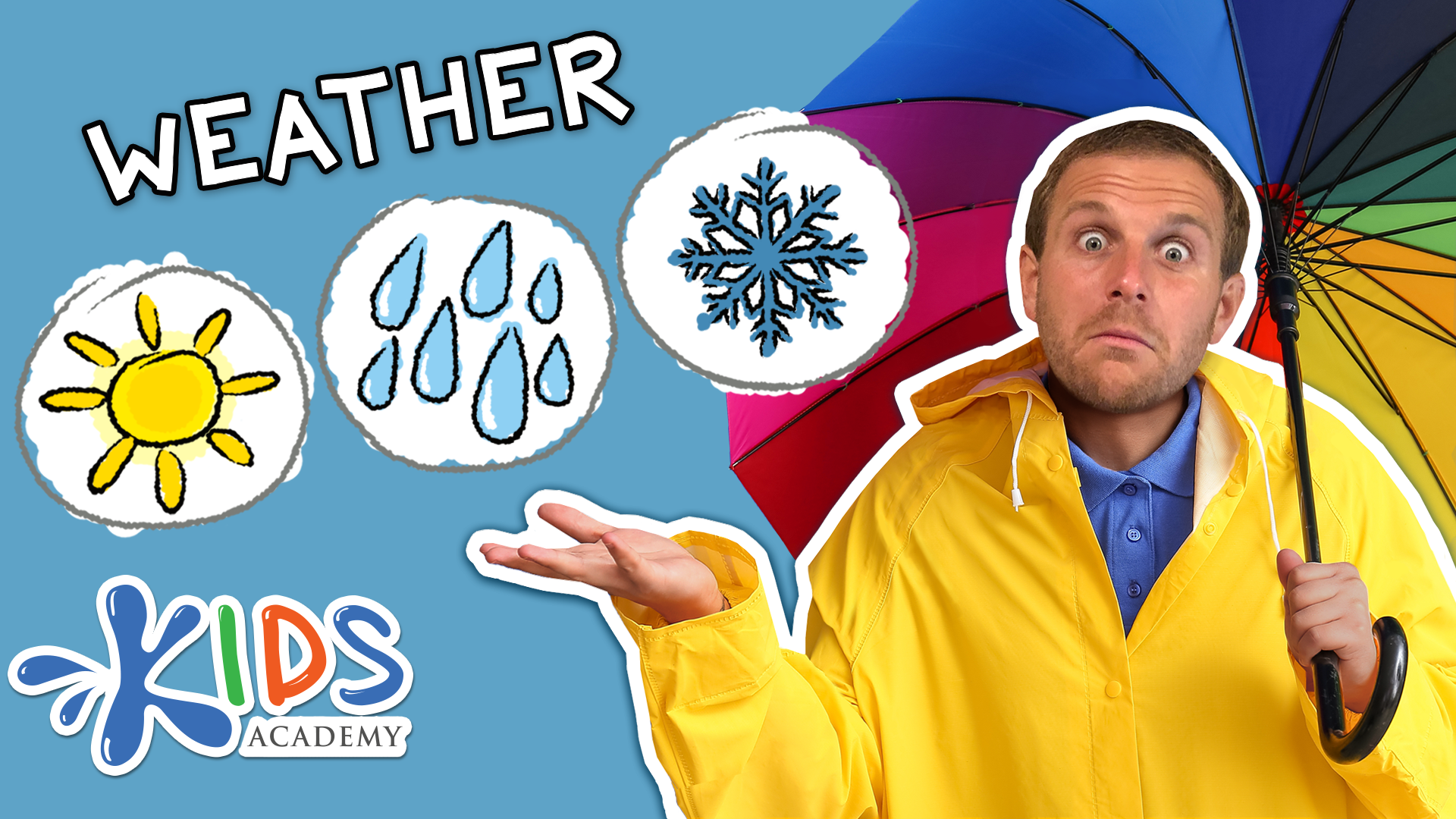Differentiating goods/services Worksheets for Ages 3-9
3 filtered results
-
From - To
Explore our engaging Differentiating Goods and Services Worksheets designed for children aged 3-9! These fun, interactive activities help young learners understand the essential concepts of goods and services in their everyday lives. Each worksheet is developed to encourage critical thinking and promote discussion about what items are goods and which are services, enhancing their comprehension through colorful illustrations and age-appropriate exercises. Ideal for home or classroom use, these worksheets are perfect for mindful learning and growing foundational economic skills. Download our resources today and watch your little ones gain a grasp of essential knowledge while enjoying their educational journey!
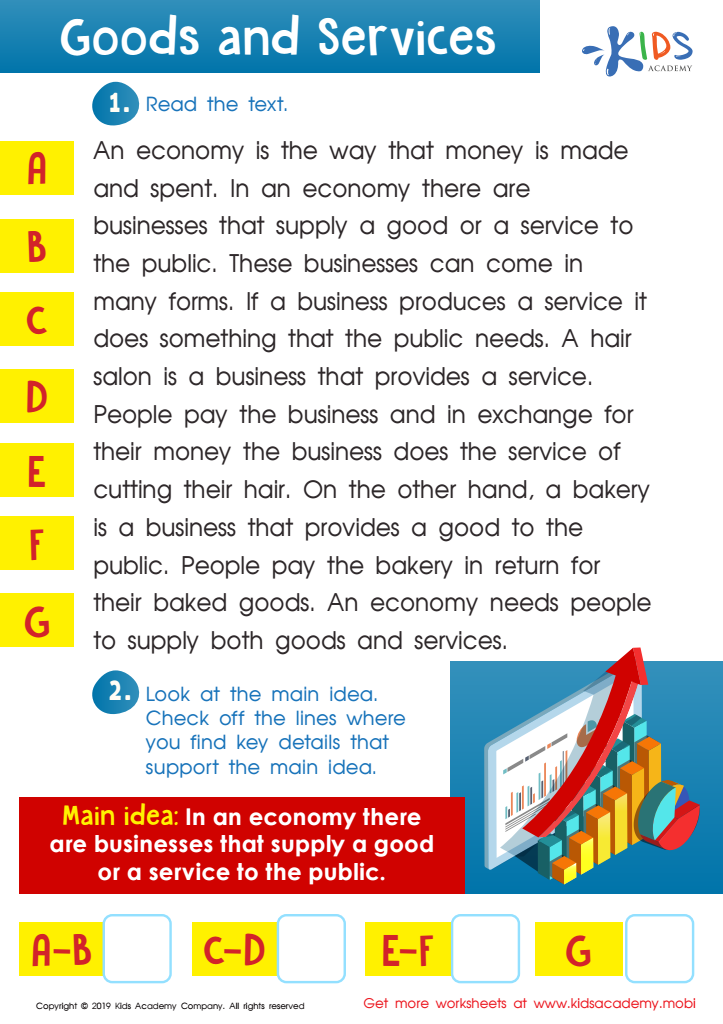

Goods and Services Worksheet
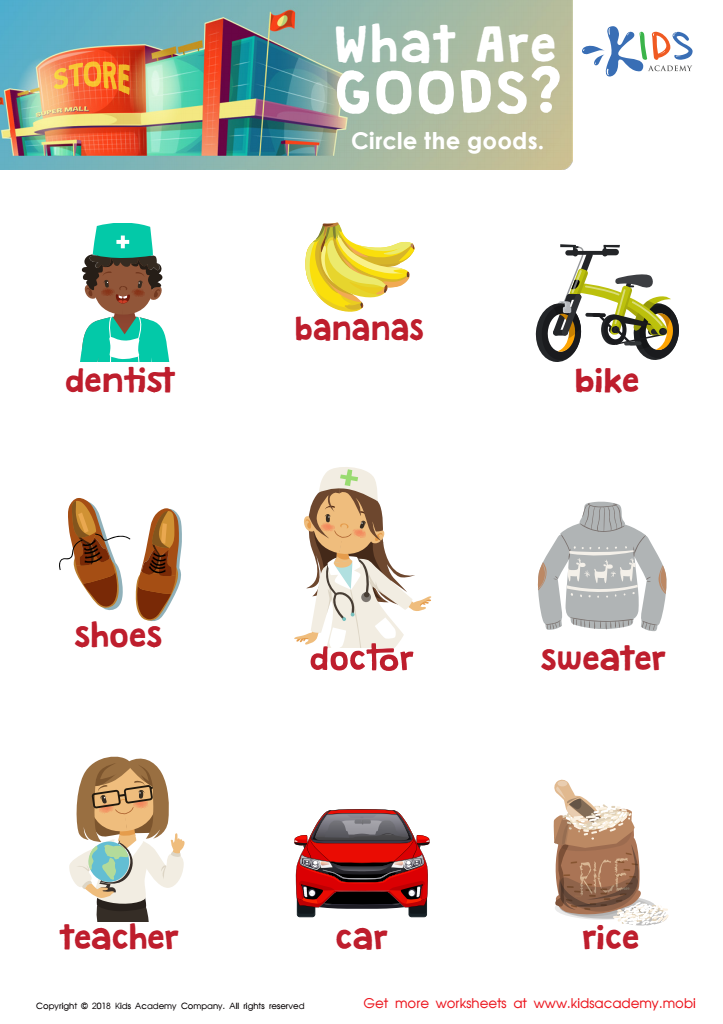

What Are Goods? Worksheet
Differentiating goods and services for children aged 3-9 is crucial for fostering optimal development and learning. Children in this age bracket display diverse skills, interests, and learning styles. Teachers and parents play a pivotal role in shaping their experiences through tailored approaches that meet individual needs. Differentiation means modifying content, processes, and learning environments to accommodate variations in children's abilities and backgrounds.
By providing differentiated educational materials—such as varied reading levels, interactive activities, and multi-sensory experiences—educators can engage every child, supporting their unique developmental pace. This personalized approach helps build confidence and a love for learning, essential for long-term educational success.
Moreover, promoting differentiated services in extracurricular activities, like arts and sports, allows kids to explore their interests and strengths, which contributes to holistic growth. This responsive strategy also aids in reducing frustration and behavioral issues stemming from a one-size-fits-all approach.
Ultimately, when parents and teachers prioritize differentiation, they cultivate an inclusive atmosphere where every child feels valued. This practice not only enhances cognitive and emotional development but also prepares children for diverse future social and academic environments, nurturing a generation of adaptable and resilient learners.
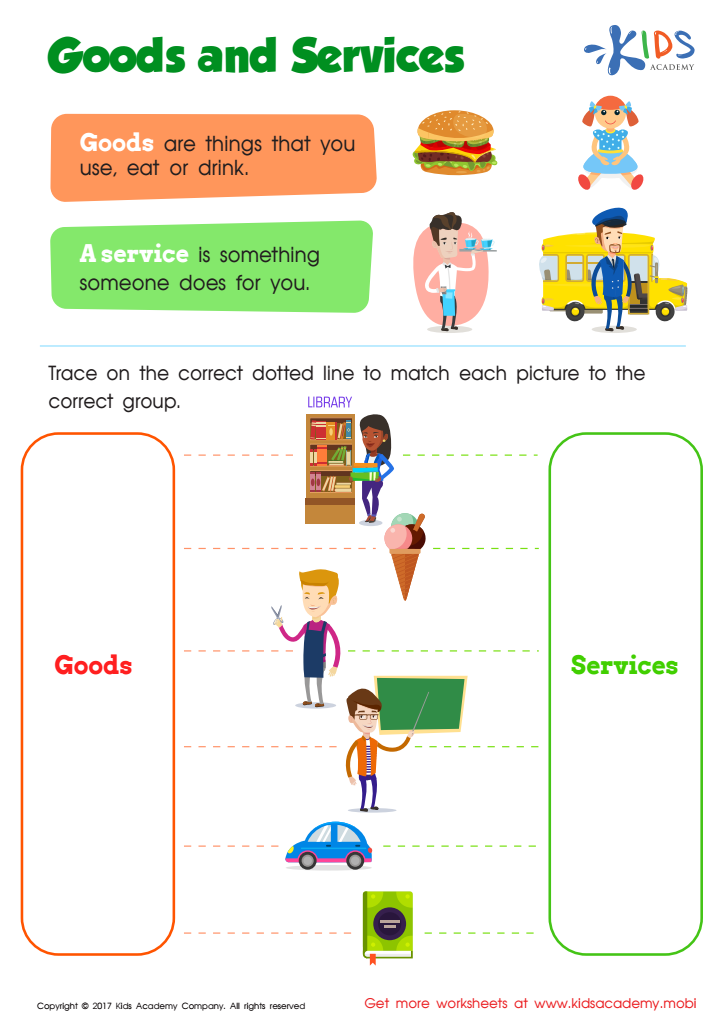
 Assign to My Students
Assign to My Students






